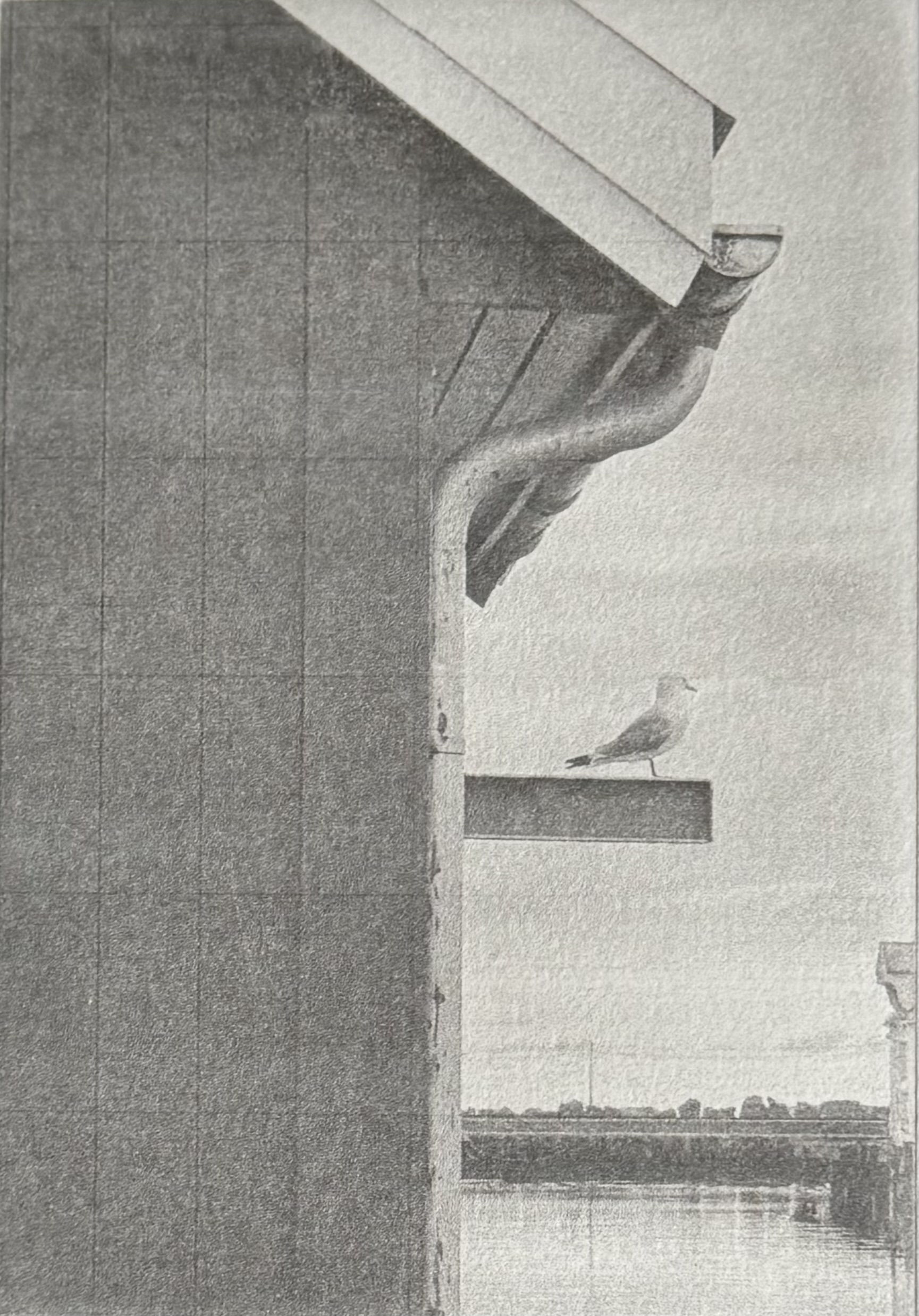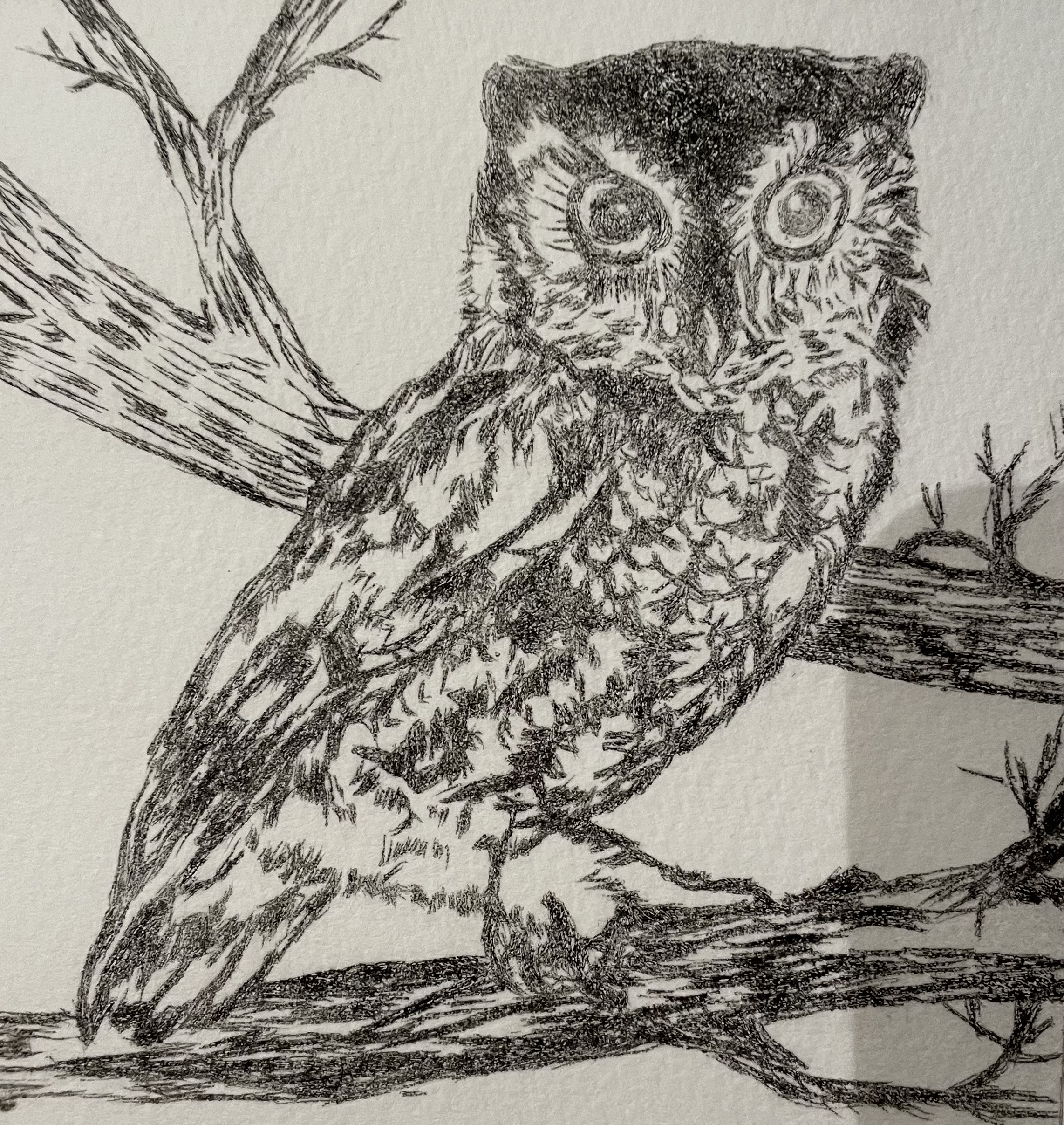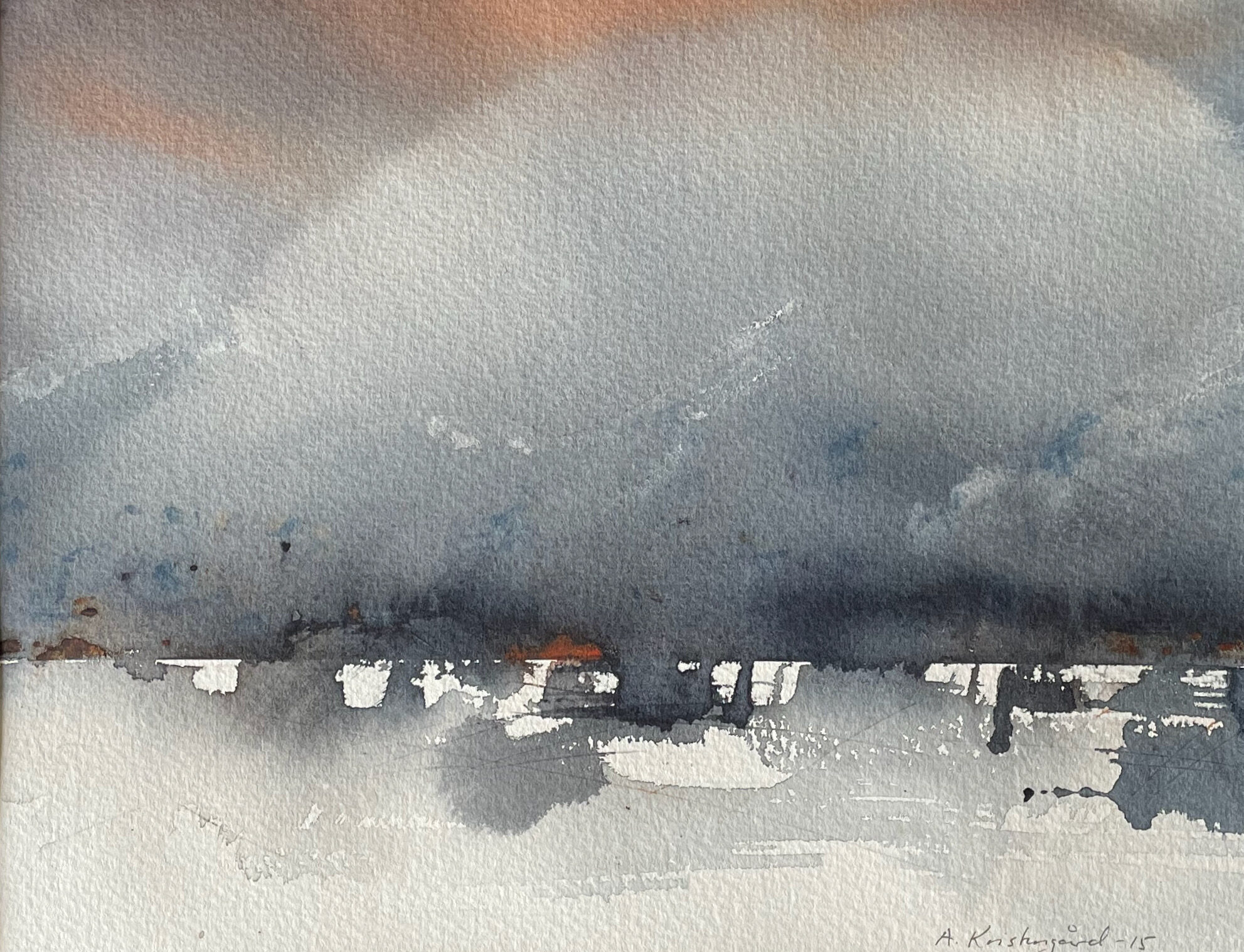Trykketeknikker
Nedenfor kan du kort lese om de ulike trykketeknikkene jeg har studert de seneste årene, oppsummeringen er langt i fra fullstendig når det gjelder teknikker. Kun en kort oversikt over de viktigste kjennetegnene innen de teknikkene jeg liker å arbeide med, og har satt meg inn i så langt. Det er så mange måter å trykke et bilde på, helt fra det ganske enkle, til de mer infløkte teknikkene. Et av målene med siden, er å inspirere andre til å ville prøve selv, eller bare få en bedre innsikt i hvordan grafiske trykk lages.
Under fanen “nyheter” vil jeg forsøke å skrive mer detaljert om frengangsmåter, utstyr. verktøy, papir, sverte, og plater som egner seg for de ulike teknikkene for at en skal kunne trykke et grafisk blad. Dette får jeg skrive om etterhvert om trykk lages, eller når tiden strekker til.
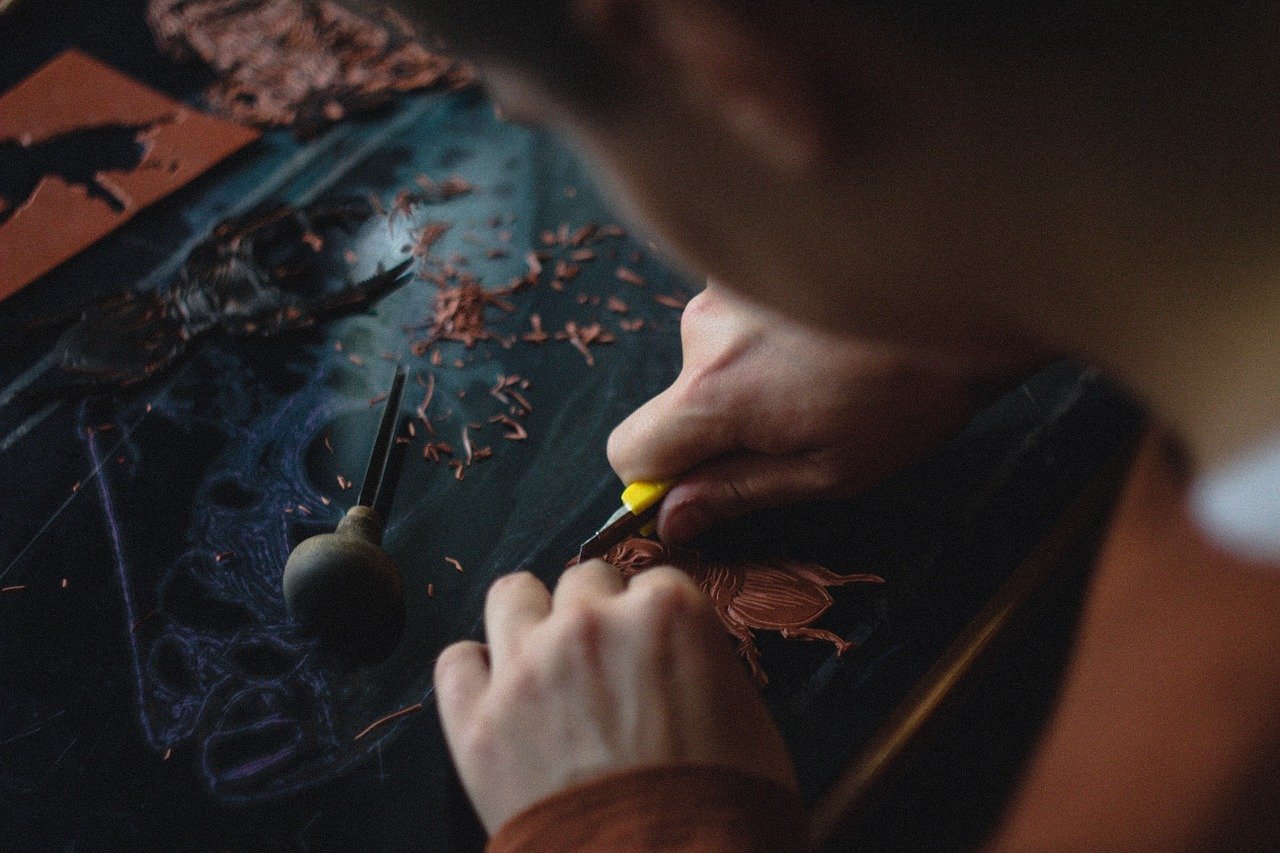

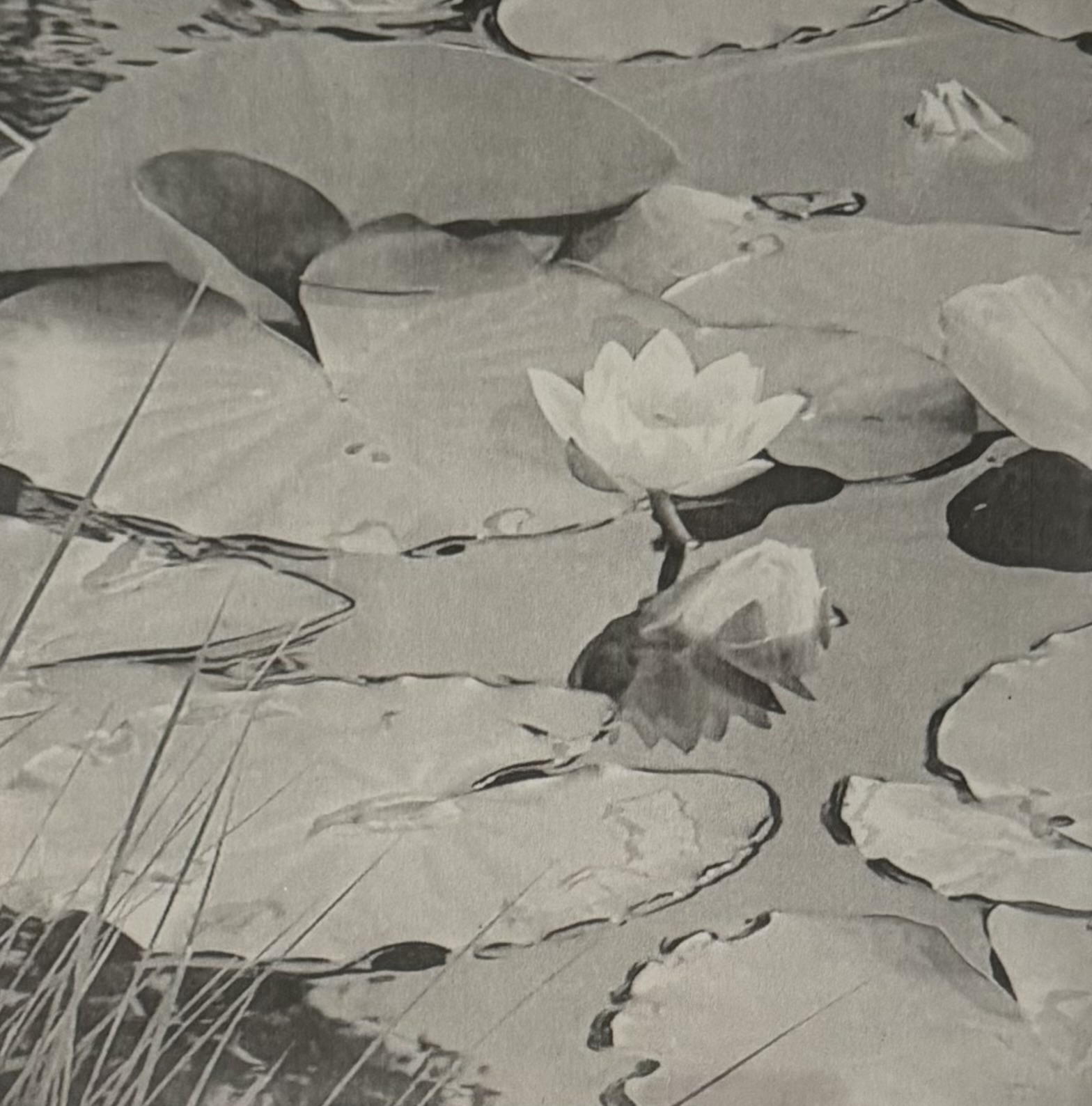
Photogravure / Fotogravyr
Kort fortalt er historien om Fotogravyr (norsk) eller som internasjonalt kalles Photogravure. Dette er en fotomekanisk reproduksjonsmåte som består i at det fotografiske bildet blir etset ned i en kobberplate og trykt som et kobberstikk. Fotogravyr er den mest fullkomne måte å gjengi grafikk, håndtegninger og lignende på. Den tillater halvtoner, og nærmer seg mezzotint og akvatint i sin virkning. Henry Fox Talbot lykkes allerede i 1853 å fremstille fotogravyrer, men den som kom å utvikle metoden rent praktisk, var østerrikeren Karl Klietsch i 1878. Metoden har vært populær i ulike epoker. Fotografer som Alvin Langdon Coburn, Paul Strand og Alfred Stieglitz har benyttet seg av den. I 1980-årene fikk fotogravyren en renessanse hos unge, eksperimenterende fotografer. (Kilde https://snl.no/fotogravyr)
På det engelske siden til National Gallery Of Art skriver de følgende: The photogravure is an intaglio print process that was sometimes used to produce high-quality reproductions of photographs in ink. A positive transparency of a photographic image is used to control the etching of a specially prepared metal plate. After etching in an acid bath, the plate is inked and the surface wiped, leaving ink behind in the etched pits. A sheet of damp paper is then placed on the inked plate and printed. Photogravures have a smooth, continuous tonal range, although an extremely fine grain is evident under magnification. Invented by William Henry Fox Talbot in the 1840s, the process was perfected by Karl V. Klíč in 1879 and was popular from the mid-1880s through the 1910s.
Alfred Stieglitz printed large editions of photogravures of his photographs from the mid-1890s to the mid-1910s, most of which he included in his periodicals Camera Notes, Camera Work, and 291, as well as his 1897 portfolio Picturesque Bits of New York and Other Studies. In the early 1910s, he also made larger photogravures of his photographs for exhibition and inclusion in an unrealized portfolio of pictures of New York City. Stieglitz’s use of photogravure is further discussed in Julia Thompson’s essay “Stieglitz’s Portfolios and Other Published Photographs.”. (Kilde: https://www.nga.gov/research/online-editions/alfred-stieglitz-key-set/practices-and-processes/photogravures.html)
I dag er det mulig å fremstille fotogravyrer helt fritt for toxiner. Fremgangsmåten er omtrent den samme, forskjellen ligger i at dagens positiver lar seg overføre direkte til plater ved bruk av film, og bruk av et Aquatint raster. Her må rasteret og filmen eksponeres hver for seg, altså en dobbelteksponering. Platene etses i vann, og svertes og trykkes som et vanlig dyptrykk.
Dyptrykk
Forskjellen mellom et dyptrykk og et høytrykk ligger i selve betegnelsen. I et dyptrykk er det fordypningene i platen som er grunnlaget for motivet. Det er fordypningene som avgir farge i trykkeprosessen.
Et dyptrykk er et bilde som er trykket fra en plate, fortrinnsvis i metall, hvor motivet enten er gravert eller etset inn. Motivet formes direkte i platen ved at det risses inn med en stikkel eller stålnål (kobberstikk og koldnål). Fordypningene kan også lages ved hjelp avetsende væske (etsning). Som i høytrykk formes platen som et relieff, men i et dyptrykk er det altså fordypningene i platen som ved innfarging mottar og ved trykking avgir farge til papiret. Det finnes mange ulike teknikker. De mest brukte er kobberstikk, koldnål, mezzotint, etsning, aquatint, sukkeraquatint, metalltrykk, fotopolymer og digitalbasert dyptrykk. https://www.kunstverket.no/Sider/Hva-er-grafikk)
Har til nå laget mine dyptrykk ved bruk av Enviriomount plater, og plexiglass plater av den veldig tynne sorten.
Monotopi
Er en grafisk teknikk hvor prosessen starter med at trykkfarger blandes og påføres en glassplate hvor selve motivet skapes. Motivet bør som ellers være speilvendt.
Har laget mange monotopier både på glass, plexiglass, og geleplater. Når jeg er fornøyd med motivet plasserer jeg platen i valgt registrering på trykkepressens plate, bruker fuktig papir av god kvalitet til å trykke med, helst 100% bomull som tåler mye vann, så kjøres det hele gjennom pressen. Nå kommer det beste øyeblikket med å lage grafiske trykk, alltid spennende å løfte av papiret og se det ferdige resultatet – det oppleves som et magisk øyeblikk hver gang.
Litt tilbake til dette med trykkplatene som brukes, Gelatinplater kan ikke sendes gjennom en trykkpresse, her har jeg valgt å trykke for hånd ved å bruke valser, og hender til å få med alt fra platen.
I motsentnig til andre grafiske trykke teknikker muliggjør det med denne metoden ikke trykking av flere eksemplarer av motivet, i teknikken Monotypi blir det kun dette ene orginale trykket.
Botaniske Engangstrykk
Metoden med Botaniske trykk består i å koke planter, lagt lagvis som i en sandwish, mellom papir og papp-plater nedsunket i vann. Dette kan være blomser, blader, stilker og annet som er flatt nok, og som ikker ødelegger strukturen i papiret. En må surre stramt for at alt skal trykkes godt sammen, har brukt kokefast hyssing.
Det brukes moderanter av forskjellige slag. Selv har jeg bare prøvd dette et par ganger, da med Alum som moderant for papiret, og rust i kokevannet, når det gjensår 1 1/2 time har jeg hatt i litt vinengear, for best resultat. Bildet over er fra en slik koking.
Kort om Akvarell
Akvarellmalerier er kjent allerede fra oldtiden, blant annet fra egyptiske veggmalerier. I middelalderen ble akvareller også brukt som bokillustrasjoner.
Akvarell er et malemedium jeg liker godt, og om jeg føler meg litt nede en dag, så blir jeg alltid glad over å se vannfarger flyte vått i vått og blande seg med hverandre. I tillegg er det enkelt å ta med seg ut på tur for å male ute, eller på ferier. Trenger lite plass, og krever ikke all verden av utstyr.
Akvarell er et maleri malt med transparente, vannoppløslige farger. Ordet akvarell betegner også selve maleteknikken.(Kilde: Wikipedia).

